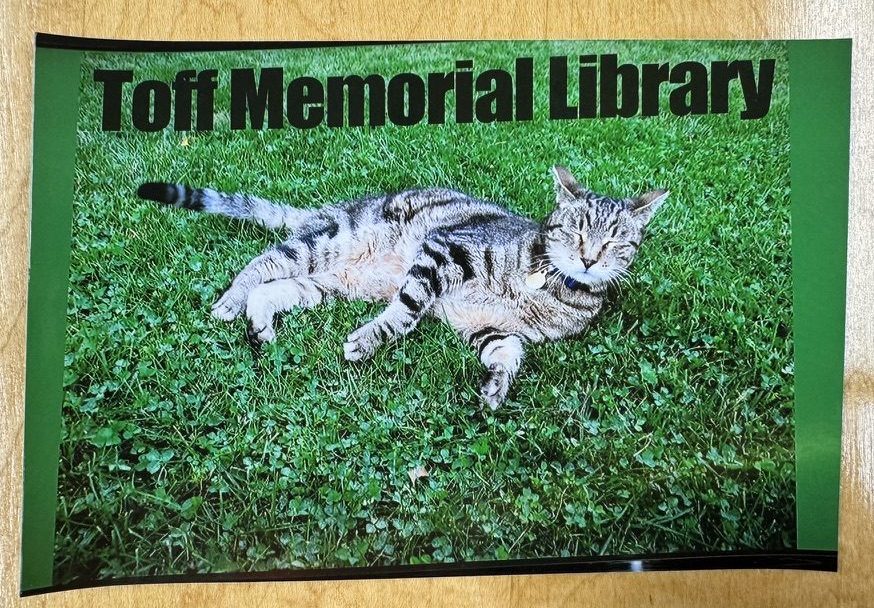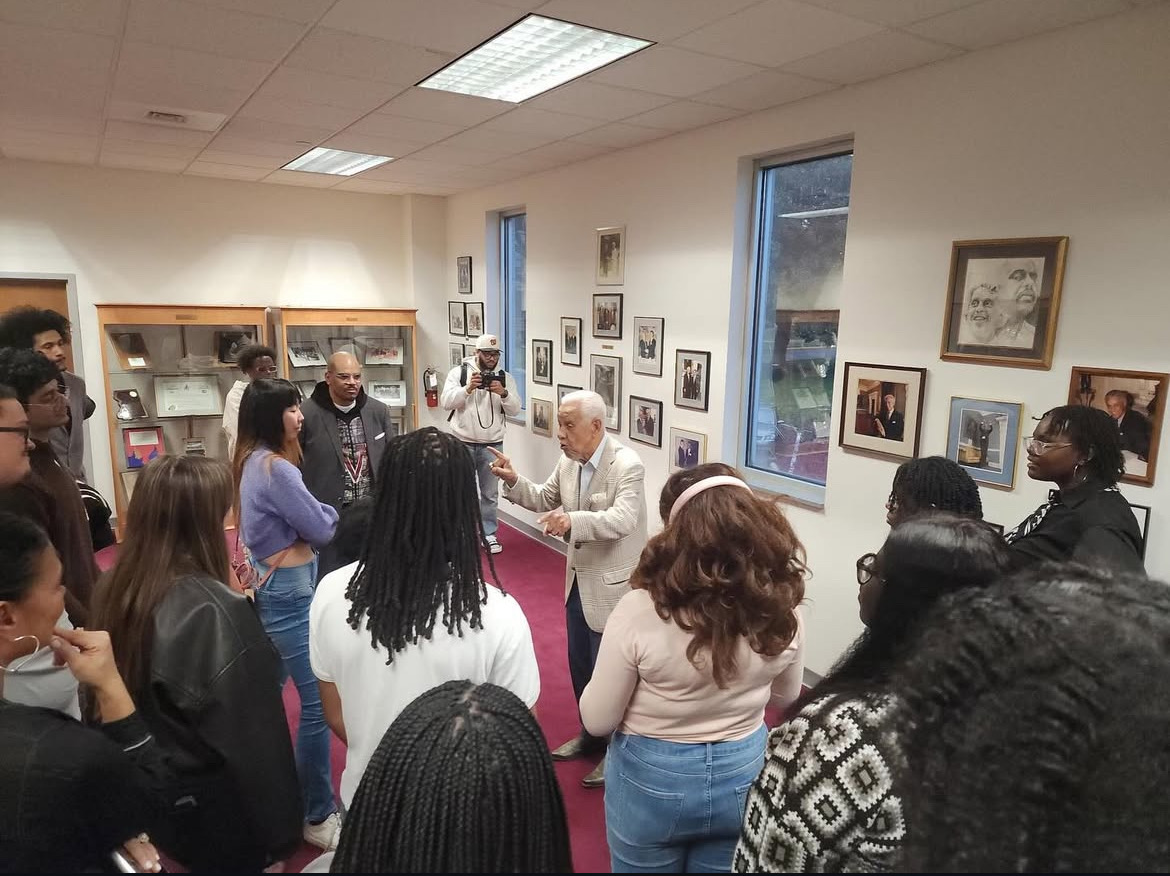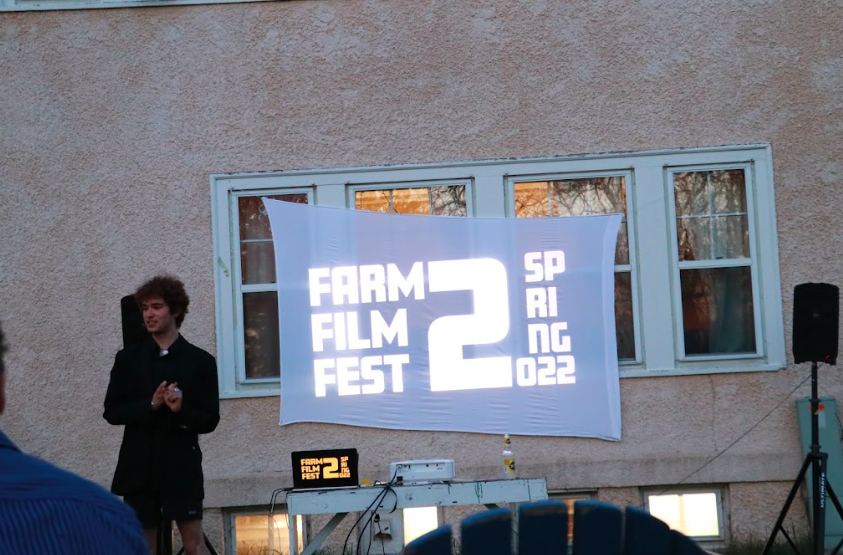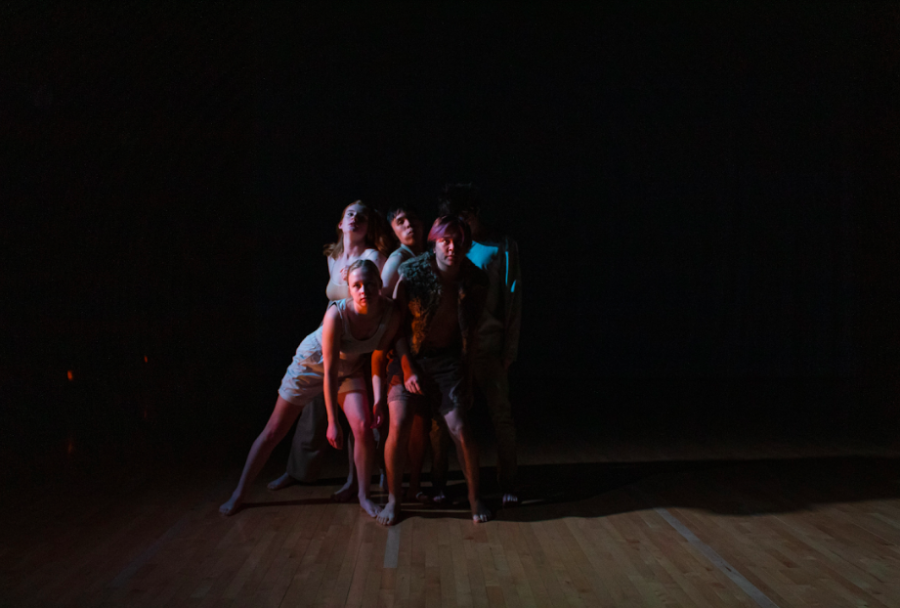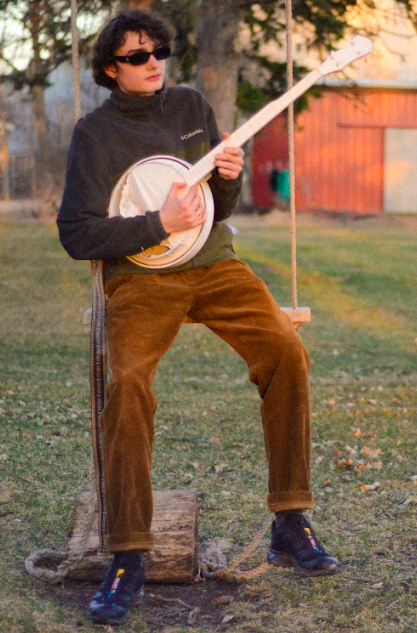Before Carleton’s beloved Farm House existed, there was the Carleton farm. In the first decade of the 1900s, then-president Donald Cowling started noticing aesthetic issues with the state of Carleton’s campus. There was the Northfield dump, located where Spring Creek meets the Cannon River. Slight gusts of wind would make the campus smell rotten. This wasteland just brewed trouble — the site was known to serve as an area for students to shoot scurrying wildlife.
To solve this unsavory issue, Cowling directed the college to purchase this dump and two farms north and east of campus in the 1910s. Shortly thereafter, a farm and dairy were established by the college. The farm interest house was built in the 1920s as living quarters for students who worked on the dairy farm, according to the Carleton College Voice newsletter. Carleton bought purebred Holstein cows, who supplied the dining halls with fresh milk, butter and cream. The farm benefited the surrounding community as well, producing hay, oats, corn and other goods. Some portions of this land were designated as the Arboretum in 1926.
Despite its success, some hardships struck. A fire in 1926 burned down one of the barns, which cost the college $550,000 in today’s money to rebuild. In 1947, lightning strikes killed several cows and caused another fire. In the end, the labor needed to maintain the farm, livestock and surrounding property became too expensive. In the early 1960s, the herd was sold and the farm dissolved. Farm House, evidently, stayed standing as student housing. Even this old relic, cherished by over a century of students and rich with history, was recently torn down in 2024. After Carleton stopped farming the land itself, they leased it out to area farmers. As the college’s commitment to the Arboretum strengthened, portions were removed from farming and converted to natural habitat, a process that still continues today, according to Nancy Braker, Director of the Cowling Arboretum.

